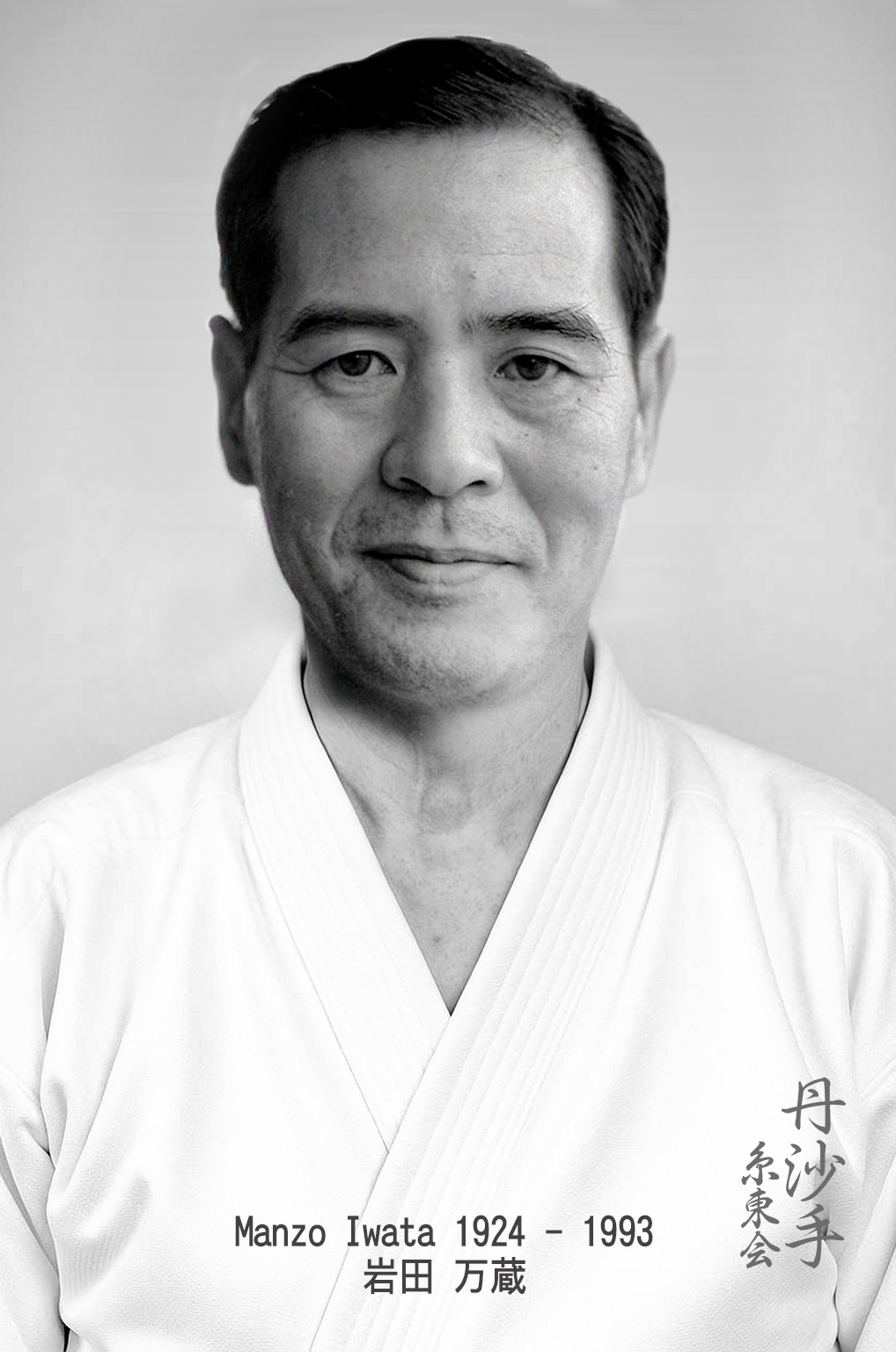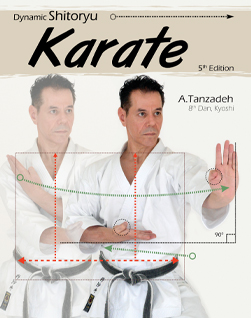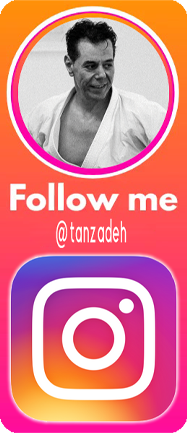Manzo Iwata – A Master of Precision, Tradition, and Budō Philosophy
岩田 万蔵
February 9, 1924 – June 4, 1993
Master Manzo Iwata was born on February 9, 1924, in Takinogawa, Kita-ku, Tokyo, as the second son of the Iwata family, proprietors of the “Iwataen” tea wholesale store. From an early age, Iwata was drawn to martial arts, beginning his training in Judo, Kendo, and Aikido around 1930. However, it was in the early 1940s that his interest in Karatedō began to blossom.
In 1941, Iwata enrolled at Toyo University, where he joined the university’s Karate Club. There, he had the pivotal experience of encountering Sensei Kenwa Mabuni, the founder of Shitō-ryū Karatedō. During this period, he also studied the traditional Jojutsu (staff techniques) of the Daien-ryū (大円流) Jojutsu lineage under Sensei Seiko Fujita, the 14th-generation master of Kōga-ryū Ninjutsu—the famed ninja tradition of feudal Japan. These diverse influences shaped Iwata’s understanding of classical Japanese martial arts in both breadth and depth.
By 1944, he had already earned a certificate of instructor of Shitō-ryū Karatedō from Master Kenwa Mabuni. After the end of World War II in 1945, during which he had served as a second lieutenant in the Japanese Army stationed at Izu Ōshima Island, Iwata resumed his civilian life and joined the Department of Engineering at Nihon University, also serving as Shihan (head instructor) of the university’s Karate Club.
In 1948, he was certified as Sōke (Governor or Grand Master) of the Nanban Sattō-ryū Kenpō, a traditional martial art, by his teacher Seiko Fujita. He also began instructing Karate at Toyo University and established the Renkukan Dōjō in Ueno, Tokyo, contributing significantly to the development of Karate education in postwar Japan.
In 1958, he welcomed the birth of his third son, Genzo Iwata, who would later continue the family’s martial legacy. That same year, he founded the East Japan Headquarters of the Nihon Karatedo Kai and served as its President. Iwata’s influence continued to grow as he worked closely with the founders of the Japan Karatedo Federation (JKF) in 1964 and was appointed as one of its standing directors. He also played a foundational role in establishing the All Japan Karate Federation Shitō-kai in 1964 and contributed as a first-class certified referee.
His leadership extended to international Karate as well. In 1966, Sensei Eiichi Tanaka succeeded him as President of the East Japan Federation, and Iwata became Vice-President of the All Japan Karate Federation Shitō-kai. In 1968, he participated in the JKF’s first official international competition, representing Japan in the Mexico Championships. By 1970, he was appointed head of the Japanese team at the 1st WKF World Karate Championships held at Nippon Budokan in Tokyo.
In 1973 and 1978, he served as chief referee at the Asian Championships and the 3rd World Championships in Singapore, respectively. In 1986, following the passing of Eiichi Tanaka, Iwata was appointed President of Shitō-kai. Two years later, in 1988, he was named Director of the Central Technical Headquarters, a position he held until his honorary retirement in 1991.
In recognition of his profound contributions to martial arts, Master Iwata received the Honor of Distinguished Cultural Artist in 1993. The World Shitō-ryū Karatedō Federation (WSKF) was established that same year, with Iwata serving as its first President. His life’s work symbolized a deep commitment to preserving and advancing the traditions of Japanese martial arts on a global scale.
Master Manzo Iwata passed away on June 4, 1993, but not without being honored by the Imperial Household Agency, which bestowed upon him the Order of the Sacred Treasure (Silver and Gold Rays) and the noble title of Jurokui (“Junior Sixth Rank”).
Master Manzo Iwata’s Recollection of Founder Kenwa Mabuni
(Excerpts from the book “Kunshi-no-Ken” – “Fists of the Man of Virtue” by Manzo Iwata)
The first thing that comes to mind when I recall Master Kenwa Mabuni is his gentle, humble nature. In those days, it was rare to encounter an instructor of such modesty and sincerity. He never hesitated to seek out knowledge from others, regardless of their background. If there was something he didn’t know, he would learn it with grace and an open mind. This quality of constant learning and refinement is what defined his approach to Karate and to life.
Because of his open-mindedness, Master Mabuni was able to learn and master many kata. But more than that, he was forward-thinking and always eager to explore new methods. He was one of the first instructors to adopt and develop the concept of bunkai kumite—practical applications of kata—at a time when no other style had taken this approach seriously. He deeply analyzed the meanings within each kata and systematized them, creating structured methods to help future generations fully absorb the value of traditional forms.
Master Mabuni was passionate and consistent in his teaching. He taught us not only techniques (waza) and forms (kata), but also the deeper essence behind them. He took time—patiently and with care—to ensure we truly grasped the principles. He was especially clear in distinguishing the characteristics of Itosu-style and Higaonna-style, and he made sure not to dilute their essence. Rather than innovating for novelty, he stayed faithful to the classical techniques and their authentic transmission. His commitment to preserving the traditional waza was unshakeable.
At the same time, Master Mabuni was supportive of our personal growth. He encouraged me to deepen my studies and kindly introduced me to Master Seiko Fujita, his close friend and a master of many traditional Japanese martial arts. My time with Master Fujita became an invaluable chapter in my martial journey, and I am forever grateful to Master Mabuni for opening that path to me.
Now, looking back, I understand that the heart of Master Mabuni lives on through the elegant and disciplined techniques of Shitō-ryū. His teachings are not just preserved—they are alive within us. Whenever I reflect on his memory, I feel a renewed responsibility: to faithfully transmit the classical core of Shitō-ryū Karatedō to the next generation, just as he did for us.






